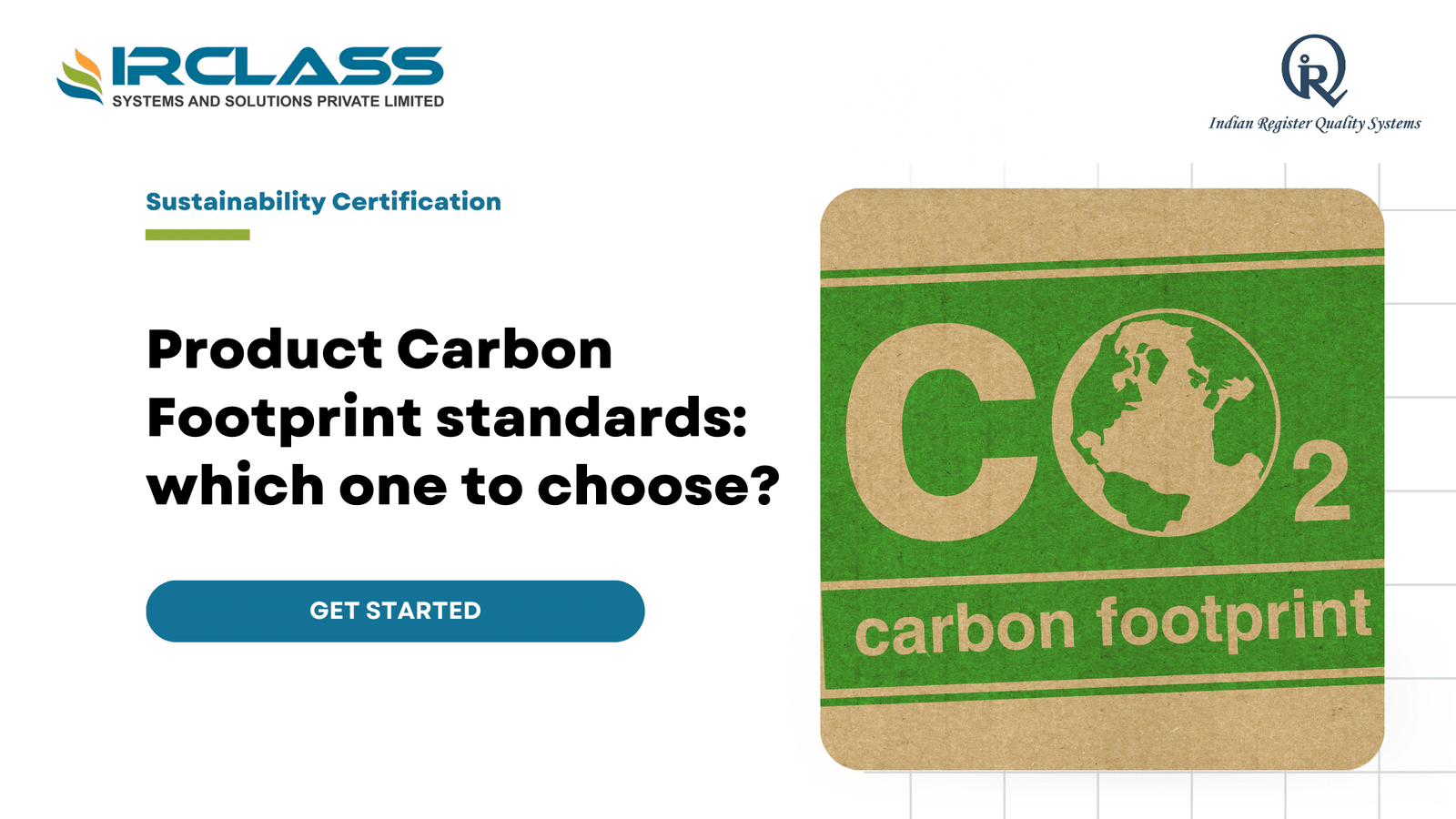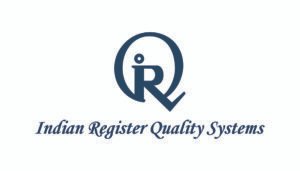Tag: How to achieve zero waste to landfill?
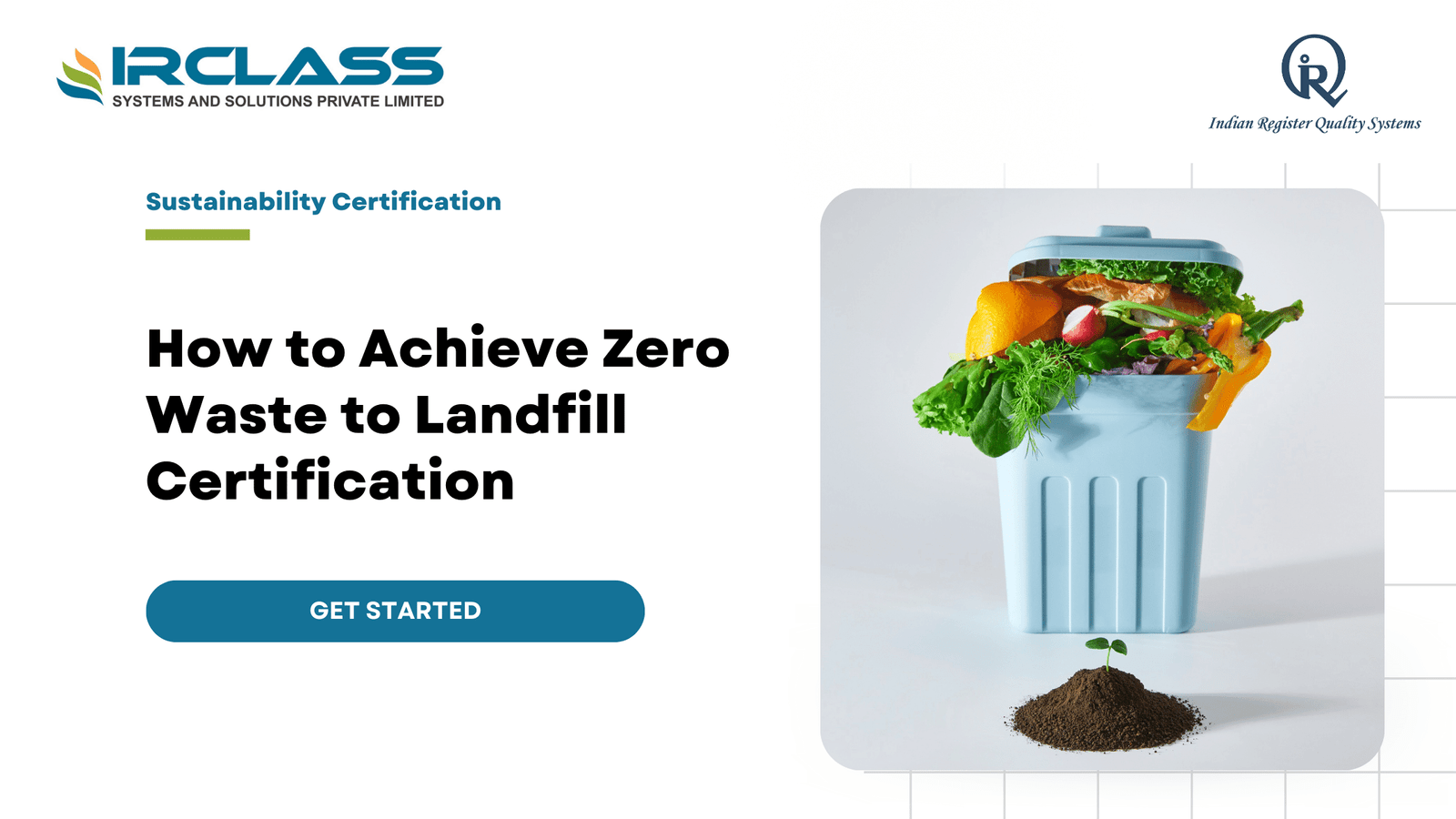
How to Achieve Zero Waste to Landfill Certification: Step-by-Step Guide
Zero Waste to Landfill means that your company sends little to no waste to landfill. Instead, the waste is reused, recycled or recovered. The goal is not just to manage waste but to remove it from landfill entirely. Many companies aim for this because it reduces cost along with environmental impact and builds stronger trust with customers. Why companies work toward this certification Most businesses create waste through production along with packaging and daily operations. A large part of this waste goes to landfill unless there is a better plan in place. Zero Waste to Landfill Certification helps your company prove that it has taken steps to divert waste. This kind of recognition helps support environmental goals and meet supply chain demands. Where the process starts The first step is to run a waste audit. This means checking where waste is coming from across your operations. You need to list the types of waste along with where they go and how much is produced. This includes regular waste along with hazardous and non-hazardous materials. The goal is to understand how waste flows through the business so you can make clear changes. How to prepare your waste data Once the audit is done you will need to organize your data by waste type along with destination and volume. You must separate waste that is recycled from waste that is incinerated or landfilled. Some waste may go to recovery processes such as composting or energy conversion. This data must be kept accurate and traceable. Certification bodies will review this data as part of the process. What counts toward Zero Waste to Landfill To meet the standard your business must divert at least 99 percent of its waste away from landfill. This includes reuse along with recycling and energy recovery. Waste that is landfilled must be under one percent. If you send waste to an incinerator without recovery then it does not count toward diversion. You must show proof for every category through vendor records or processing reports. Why waste segregation is essential Segregating waste makes it easier to track and manage. If waste is mixed together you lose the ability to sort it for recovery. Most companies set up separate bins along with clear labels to help staff sort waste correctly. Training is often needed to help teams follow the new system. This step improves the quality of recyclables and reduces the amount that ends up in landfill. How to engage with waste vendors You will need support from external waste vendors to meet your goal. That includes recyclers along with recovery service providers and composting facilities. Make sure your vendors provide valid documentation for all waste they handle. The records must show how much was received and where it was sent. If any vendor sends waste to landfill it may impact your status and delay your certification. How to handle hard-to-recycle materials Some materials do not have clear recycling options. These may include mixed plastics along with industrial sludges and certain types of packaging. You can look for recovery options such as energy-from-waste or explore alternatives to replace these materials in your process. Some companies partner with research groups or suppliers to reduce the use of these difficult materials over time. What records to maintain during the process You will need to collect detailed records for every type of waste and every waste movement. These records must match the totals from your audit. That includes transport receipts along with processing reports and diversion confirmations. The records must cover at least twelve months unless the certifying body allows a shorter review window. Keep everything well organized and ready for inspection. How to train your staff The shift to Zero Waste to Landfill needs support from your entire team. Staff must understand how to sort waste correctly along with how to reduce waste at the source. Clear instructions should be posted in all work areas. Some companies run short training sessions or assign waste champions in each department. This helps reduce errors and improve reporting quality. How certification bodies review your data A certification agency will visit your facility and will review your audit findings and your waste tracking records. They are able to inspect bins and collection points and communicate with employees. This is to make sure that the data you reported is in accordance with real results. Where there may be gaps in the records or any documentation that you may be called upon to produce, then before certification is granted you may be called upon to make corrections. How to keep improving after certification Achieving Zero Waste to Landfill is a good goal but it does not imply that the job is done. Most companies seek how to go a notch higher by minimizing the overall waste or minimizing the cost associated with recovery. This may involve seeking superior packaging or re-using by-products of one process in another region. Continuous enhancement keeps the teams active and contributes to long-term value. Why internal ownership matters A program like this needs ownership across all levels of the business. Waste management is not only an issue for facilities teams. Product designers along with suppliers and operations leads all play a role. When each team takes responsibility for its part of the waste stream the overall result is stronger and more stable. What to expect during re-certification Every year your waste records will be reviewed again. This process is shorter than the first time but still requires full documentation. If you increase production or change suppliers your diversion rate may be affected. You must show that changes were managed and that your diversion rate is still above the required level. Missing documentation or weak practices can put the certification at risk. What to do if you fall short If your diversion rate drops below the required threshold you may be asked to submit a plan to correct the issue. Some certifiers may pause your certification until the problem is resolved. Most problems are
Search
Useful Links
Recent Posts
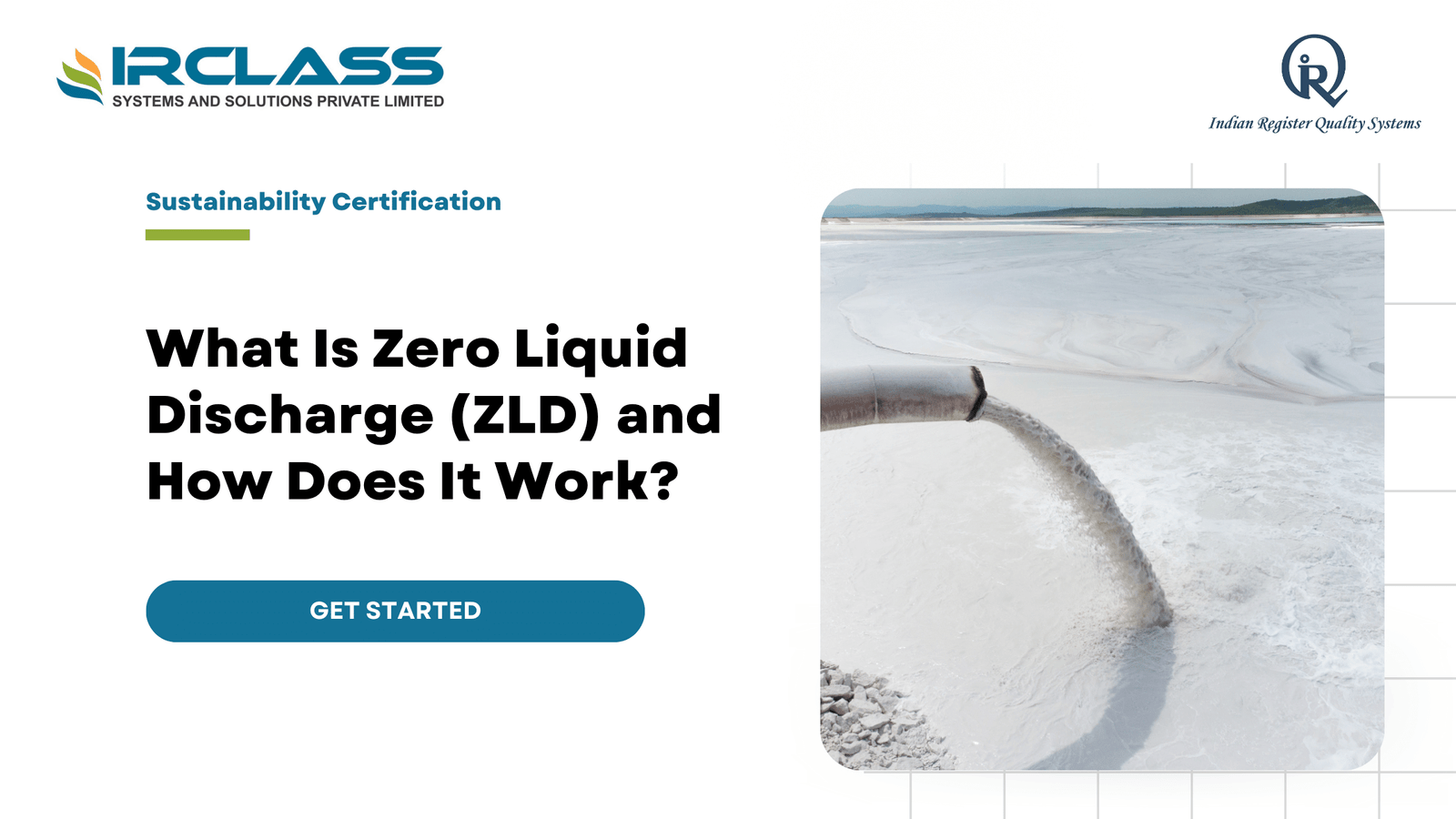
What Is Zero Liquid Discharge (ZLD) and How Does It Work?
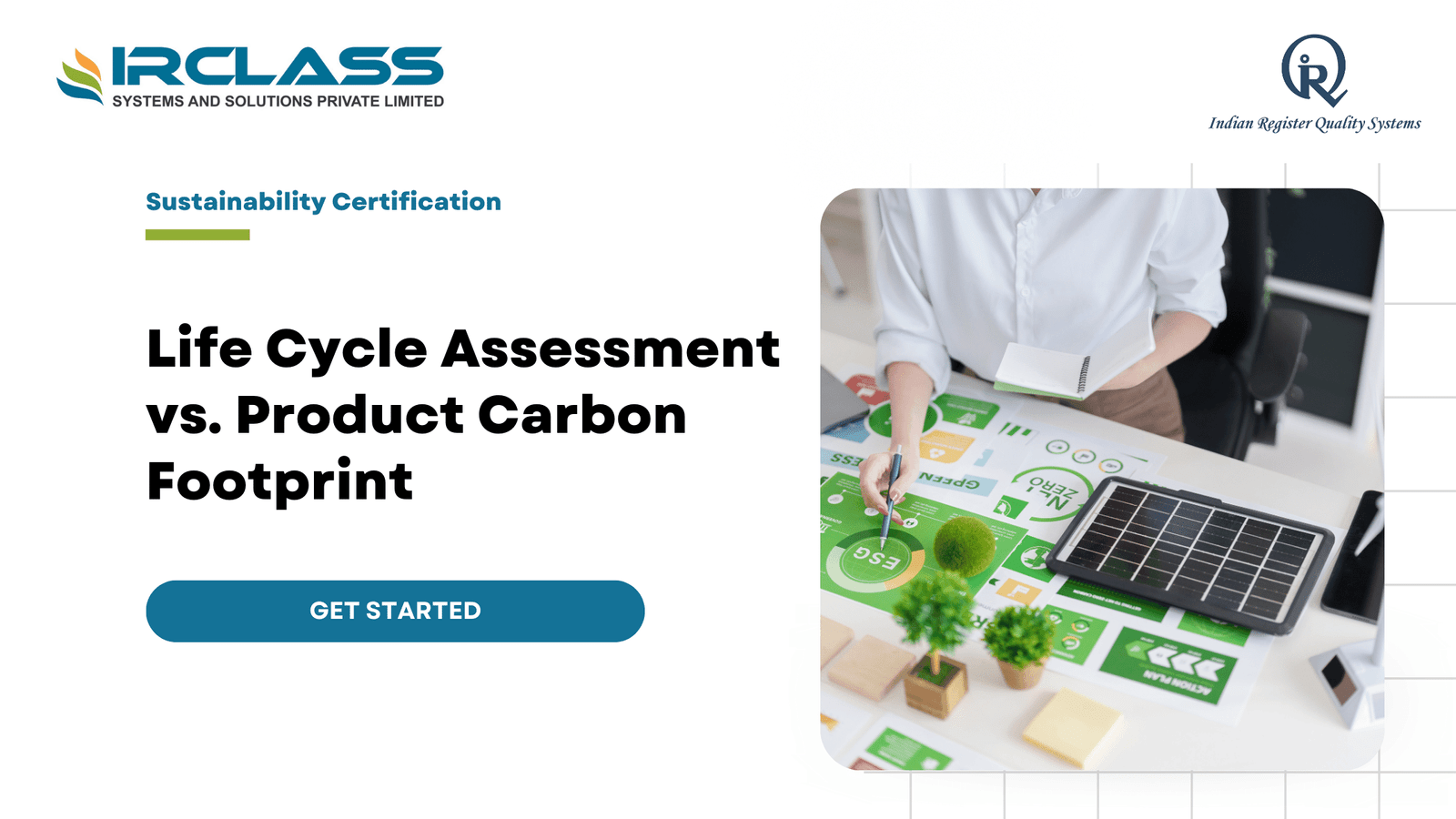
Life Cycle Assessment vs Product Carbon Footprint: What’s the Difference?
